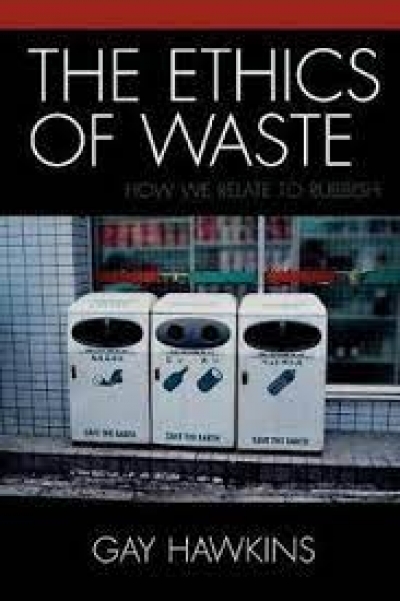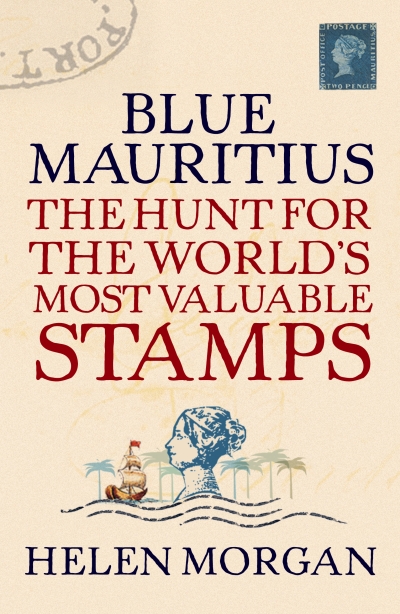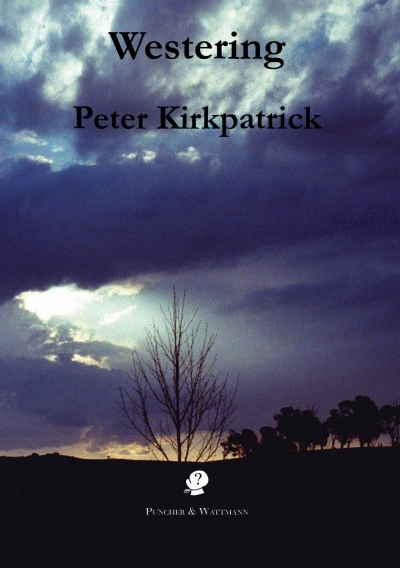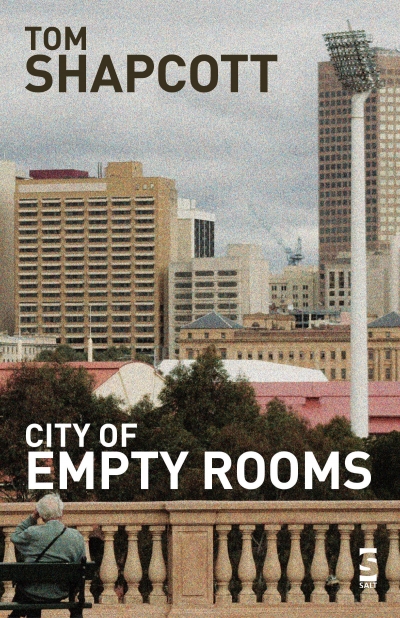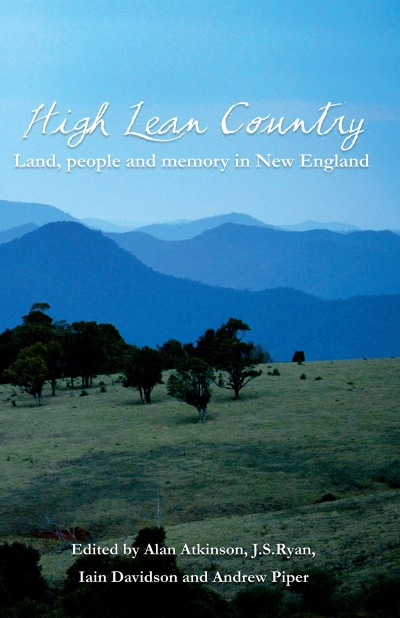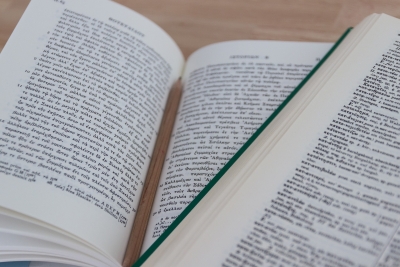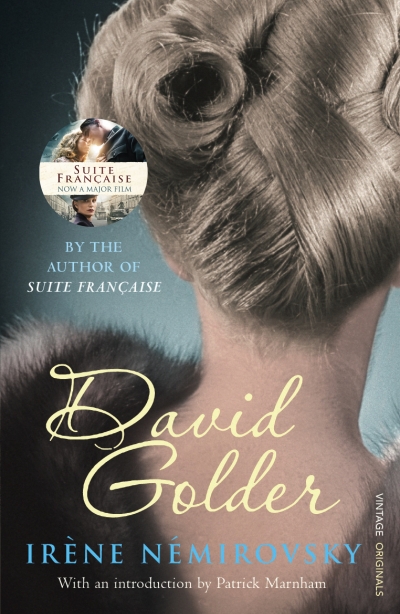Archive
The Ethics of Waste: How we relate to rubbish by Gay Hawkins
Sunday newspapers are full of oddities, but the Sunday Age of 20 May 2007 contained a most curious story about Meanjin, whose future has been the subject of much rumour and conjecture in recent months. Nestled against yet another outsize story about Harry Potter was an article by Carmel Egan about the future of Meanjin, ‘the tiny but influential literary magazine’ which has been published since 1940. Ms Egan reported that the Meanjin board has recommended to the University of Melbourne that Melbourne University Publishing (like Meanjin, a wholly owned subsidiary of the university) should ‘take over administration and distribution “in the best interests” of the magazine’, and that a decision on Meanjin’s future will be made by the university’s board of management – ‘within the next two months’.
... (read more)Continent of Curiosities: A journey through Australian natural history by Danielle Clode
Blue Mauritius: The hunt for the world's most valuable stamp by Helen Morgan
High Lean Country: Land, people and memory in New England by Alan Atkinson et al.
The world we live in provides us with a great deal of information that is not really intended to inform. We must be informed, for example, that a phone call is being recorded for training purposes. Thus language becomes an accessory to the black arts of spin, propaganda, manipulation and arse-covering. Words are twisted and violated, making it difficult to recover the meanings, the distinctions, that we need. What was clear becomes murky, while murkiness is hidden behind a veneer of false clarity. Protean language becomes complicit in the world’s nefarious purposes.
... (read more)
